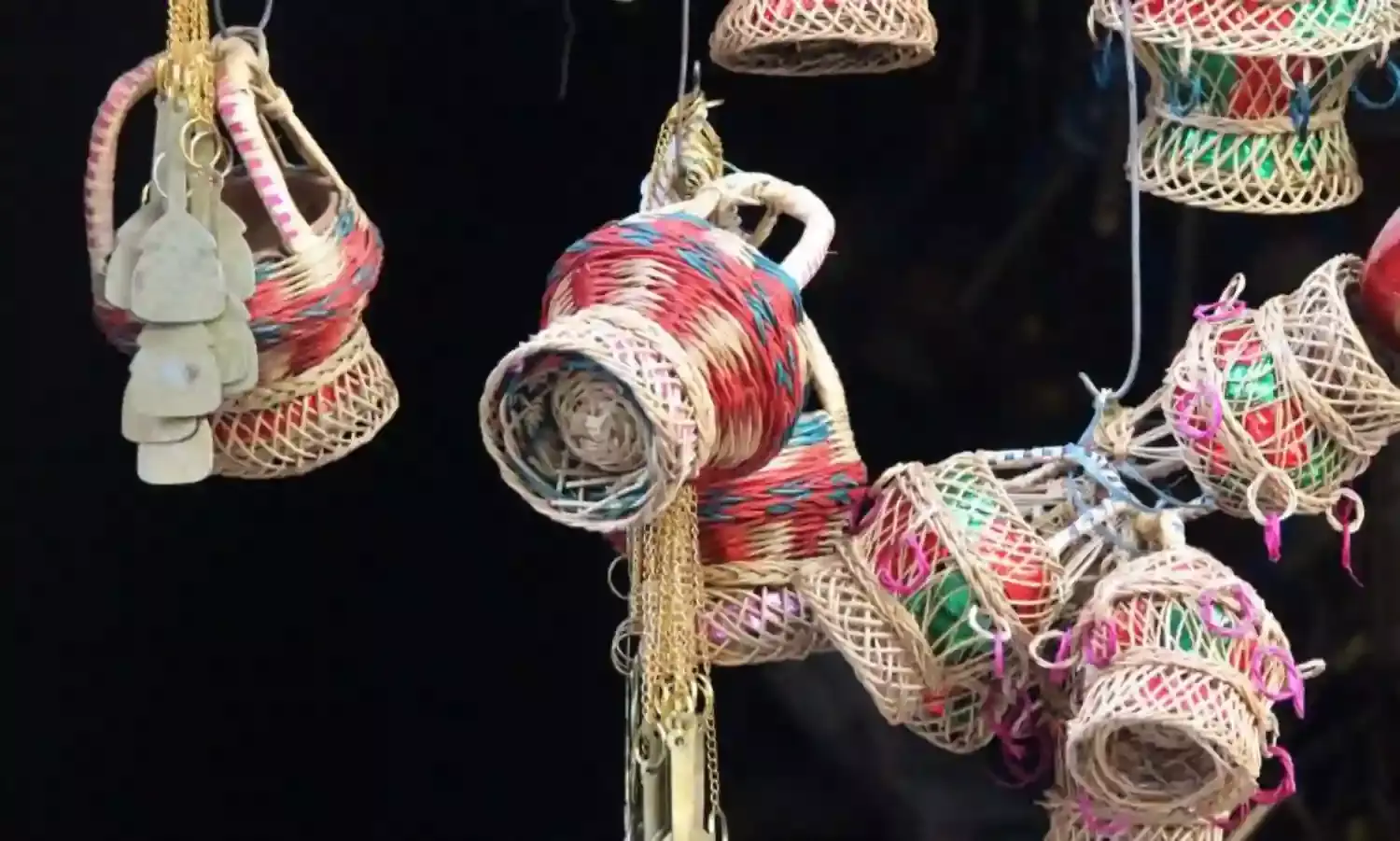The Kashmiri Kangri And Why It’s Synonymous With Winter In The Valley
The traditional Kashmiri kangri keeps winter at bay.

The traditional kangri, fire-pot, in Kashmir, keeps people warm during the severe winter months when temperature dips and the cold sets is. The kangri is earthenware filled with glowing embers and encased in pretty handmade wicker baskets and is carried as a personal warmer.
Kashmiris carry it inside the ‘pheran’, a traditional long flowing tweed over-garment, to keep the freezing winter away. Kangris are priced from anywhere between Rs 100 to 300 a piece, depending on the work and design.
A kangri shopkeeper Riyaz Ahmed said. "Winter in Kashmir means kangri. Due to poor electric supply we use the kangri on a daily basis as it is cheaper than oil, gas and heaters,” Ahmed added.
Kangri has become a popular handicraft. Besides being used for heating purposes, it remains a durable article which is eco-friendly and cost-effective. Its colours, innovative designs and artwork attract tourists.
Not just anyone can make a kangri. It needs skill, labour and local craftsmanship. Twigs are collected from deciduous shrubs, scraped and peeled and go through a process of soaking, drying, dying and are finally woven around the bowl-shaped earthenware decorated with colorful thread.
With the increasing winter cold, modern heating equipment sales soar in markets and have started replacing our traditional kangri. The production of Kangris has declined over the years due to increase in availability of alternate heating equipments.
Although Kangris are made across the Kashmir Valley, artisans in some areas specialise in Kangri-making. The Kangris of Chrar Sharif and Bandipora are popular across the state.
The photos capture the intricate nature of this traditional, intricate heater:



